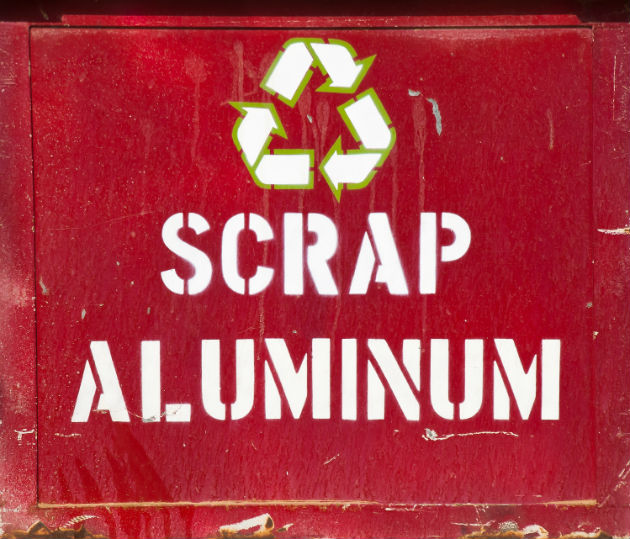
Most people are familiar with recycling plastics and paper, but what about metal? Aluminum cans are easy, but what about other metals? Let’s examine a few metals and their recyclability.
Copper
Due to its conductive properties, copper is used in many electronics applications. It is also used to make pipes used in refrigeration, plumbing and air conditioning. Through the years, copper has been widely recycled, and even if the copper is not high grade, it can be purified through an electroplating process. To recycle copper properly, you must search for a copper recycling center, or ask your
local recycling center if they accept copper. If you want to make a buck or two from your recycled copper, check the copper market value with
Metal Prices. As far as scrap copper consumption goes, about half of the scrap used in the U.S. is newly manufactured while the other half is post-consumer recycled, according to the
Copper Development Association.
Steel
Steel is an alloy of iron. According to the EPA, steel is either made by the basic oxygen furnace (BOF) process or the electric arc furnace (EAF) process. BOF uses a percentage of steel, usually between 25% and 35%, to make new steel. Larger pieces of steel (like beams or plates) use the EAF process, which uses 80% to 100% recycled steel to make new steel. Recycled steel makes many products, including beverage cans, washing machines, refrigerators, automobile bodies and construction materials. According to the
Steel Recycling Institute, more steel is recycled every year than paper, plastic, glass and aluminum put together. For the average consumer, recycling steel may take more effort, since appliances are sometimes larger and harder to move. A quick
recycling search can help you find a center to recycle bulky appliances.
Aluminum
Aluminum is very easy to recycle, and it’s lucrative. Many people collect scrap aluminum and aluminum cans to recycle for cash. Aluminum is also very light, which helps in the transportation process. According to the
EPA, the U.S. yielded approximately 2 million tons of aluminum in 2008, so it’s clear that recycling aluminum saves natural resources and eases the aluminum life cycle. According to the
Aluminum Association’s Can Committee, making a new can from recycled aluminum takes 95% less energy and releases 95% less greenhouse gases than creating an aluminum can without recycled material. Once aluminum is recycled, new cans made from recycled aluminum can reach the shelf in a minimum of 60 days. One pound of recycled aluminum makes up to 34 aluminum cans. Due to increased efficiency of the aluminum can, the can’s weight has been reduced by 52% since 1972.
Silver
You can find silver in a variety of products, including jewelry, silverware, coins, electronics and photographic waste. According to a
geological survey by the U.S. Department of the Interior, the deficit for silver (the demand compared to the mine and scrap supply) in 2000 was more than 3,000 metric tons across the globe. That same year, the recycle rate for silver was approximately 32%. The study also found that the recycling efficiency of scrap silver is 97%.
As far as other metals are concerned, an important factor in metal recycling is to find out if the metal is ferrous (containing iron) or non-ferrous (not containing iron), and inquire about its recyclability in your area.
